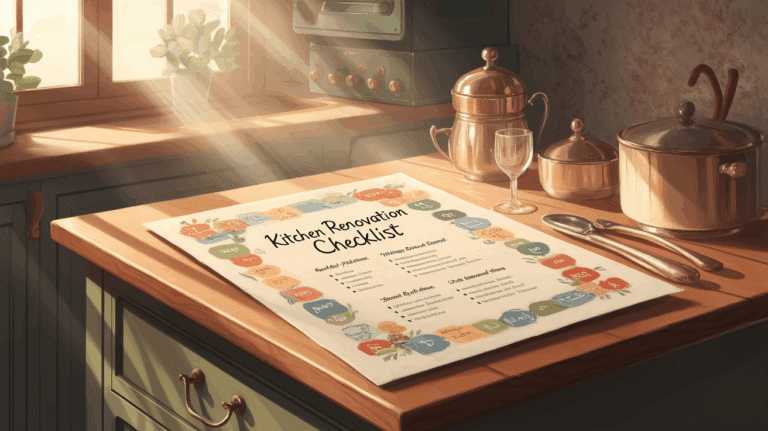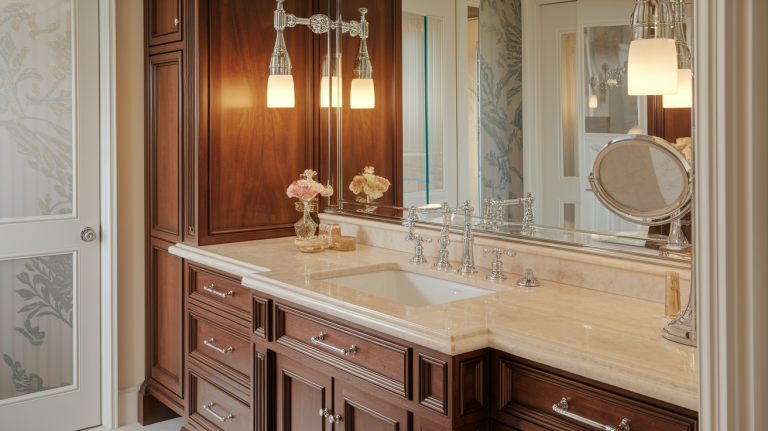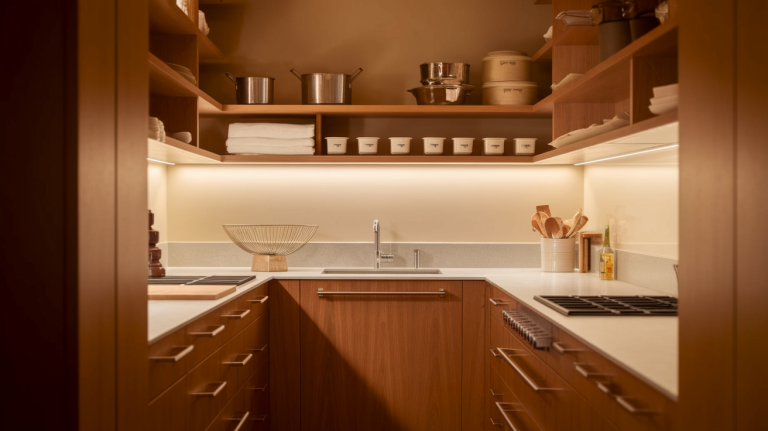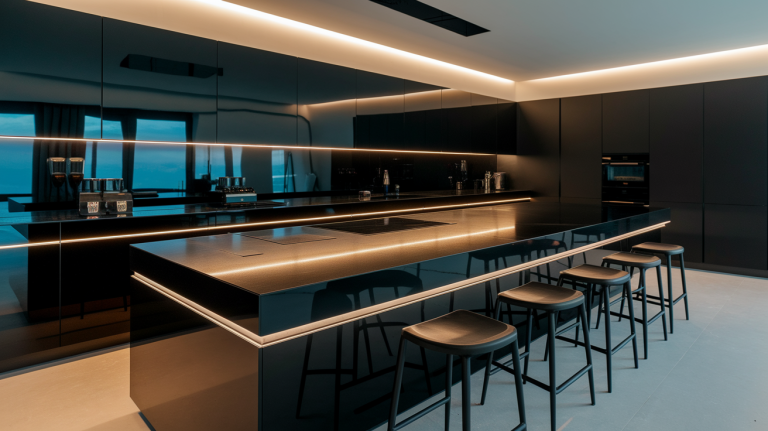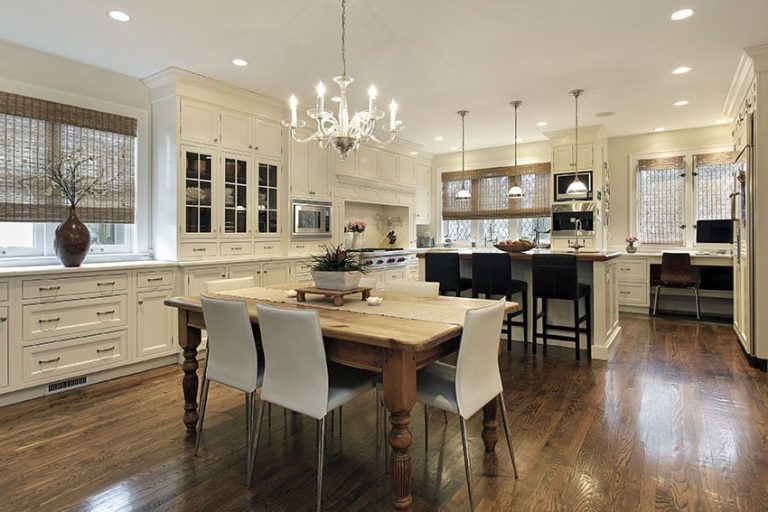Can We Place Hot Pots and Pans on Granite
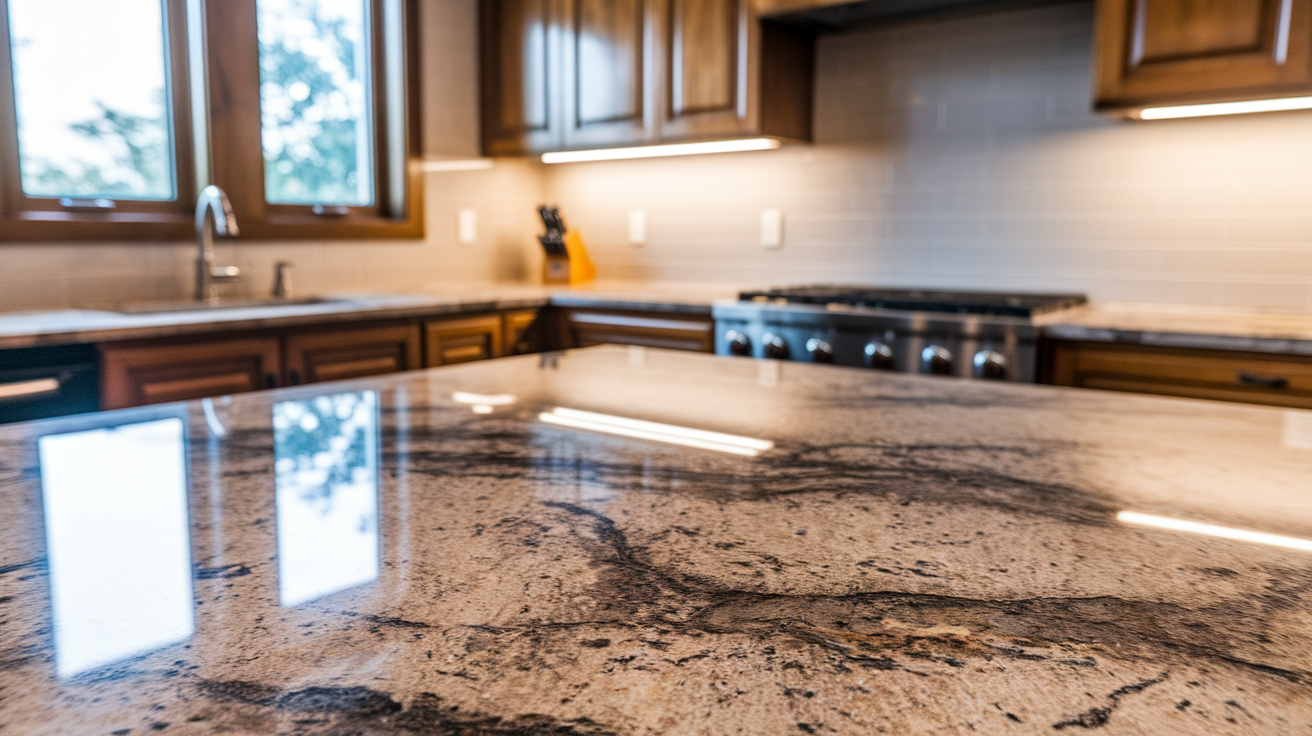
Have you ever removed a hot pot from the stove and wondered if it would be safe to place it on your granite countertop? After spending good money on those beautiful stone surfaces, the last thing you want is to damage them.
We’ll look at how heat-resistant granite really is, what risks exist, and simple ways to protect your counters while still enjoying your kitchen.
No fancy words here, just practical advice so you can cook without worrying about ruining those gorgeous countertops. By the end, you’ll know exactly what’s safe and what’s not when it comes to hot cookware and your granite.
Understanding Granite’s Heat Resistance
Granite is tough, which is why we love it for our kitchens. In simple terms, granite can take the heat much better than other countertop materials like laminate or wood.
Most granite can handle temperatures up to 500°F without damage, which is hotter than most cooking temperatures.
But here’s the deal: while granite won’t immediately crack or burn from your hot pan, it’s not completely invincible. Excessive direct heat can damage this protective layer, leaving your countertop susceptible to stains and discoloration over time.
Think of it this way: Your granite is wearing a protective coat, but extreme heat can wear holes in that coat.
Can We Place Hot Pots on Granite
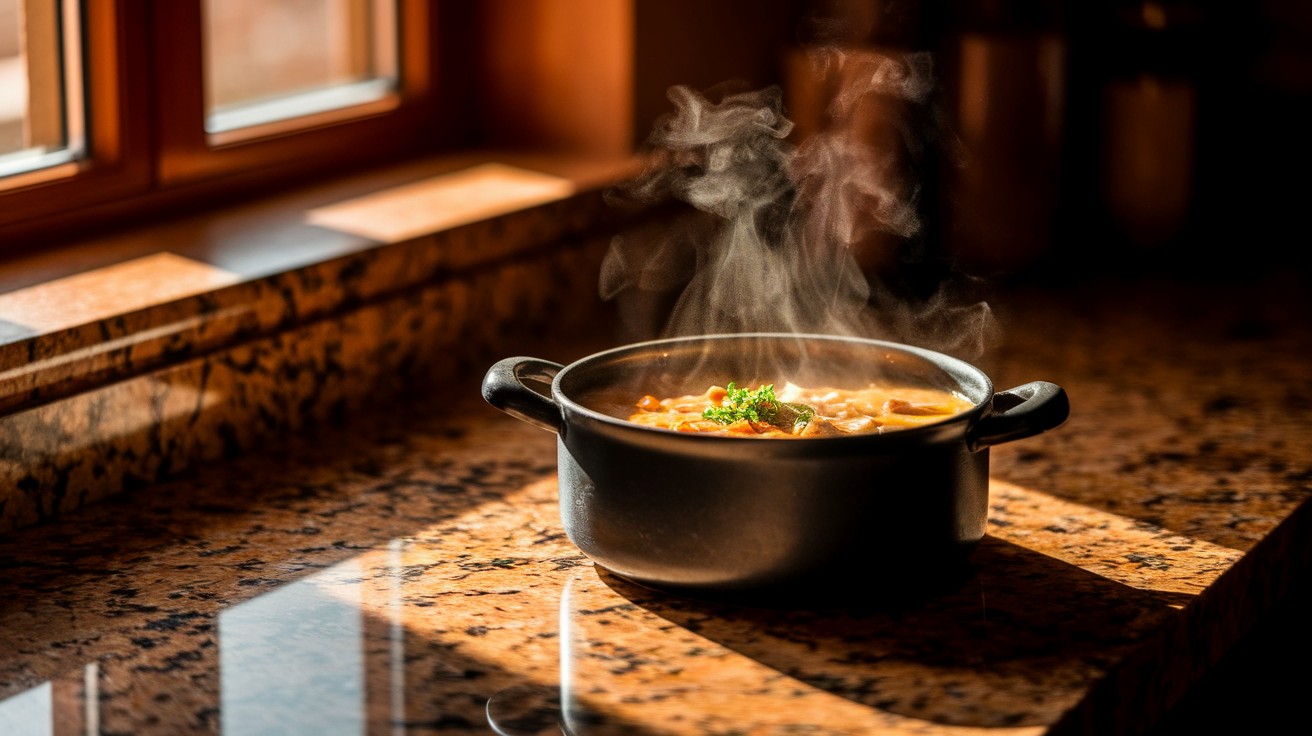
Technically, yes, granite can handle hot pots, but should you make it a habit? Probably not. While granite won’t immediately crack when a hot pot is placed on it, it’s still not the best idea to do this regularly.
A sizzling pan straight from a 450°F oven might not crack your granite immediately. However, repeatedly placing hot cookware directly on the surface can cause dull spots where the sealant has broken down.
Just because granite can take the heat doesn’t mean it should. Trivets and hot pads are cheap insurance for an expensive countertop.
Risks of Placing Hot Items on Granite
| Risk | Description |
|---|---|
| Thermal Shock | Extreme temperature changes can potentially cause granite to crack, though this is rare. |
| Sealant Damage | Prolonged heat exposure can break down the sealant, leading to dull spots and reduced stain resistance. |
| Expansion of Hidden Fissures | Heat can cause small, invisible fissures to expand, making them more noticeable over time. |
| Metal Residue Marks | Hot metal pans may leave stubborn residue marks on lighter granite surfaces. |
The bottom line: Your granite might handle the occasional hot pot just fine, but why risk it when prevention is so simple.
Common Myths About Granite and Heat
Myth: Granite is completely heat-proof and can handle any temperature.
Reality: Extreme temperatures can still cause damage.
Myth: If granite forms under intense heat, kitchen heat can’t harm it.
Reality: The manufacturing and sealing process changes granite’s properties from its natural state.
Myth: All granite countertops have the same heat tolerance.
Reality: Heat resistance varies depending on the specific type of granite and quality of installation.
Myth: You can tell if heat has damaged your granite immediately.
Reality: Heat damage often occurs gradually and might not be visible until the sealant has significantly deteriorated.
Myth: Once sealed, granite is protected from heat damage forever.
Reality: Sealants need regular reapplication, and heat exposure can accelerate their breakdown.
Myth: Small hot items like curling irons or mugs can’t damage granite.
Reality: Even smaller heat sources can damage the sealant if left in contact with the surface regularly.
Things to Avoid on Your Granite Countertops
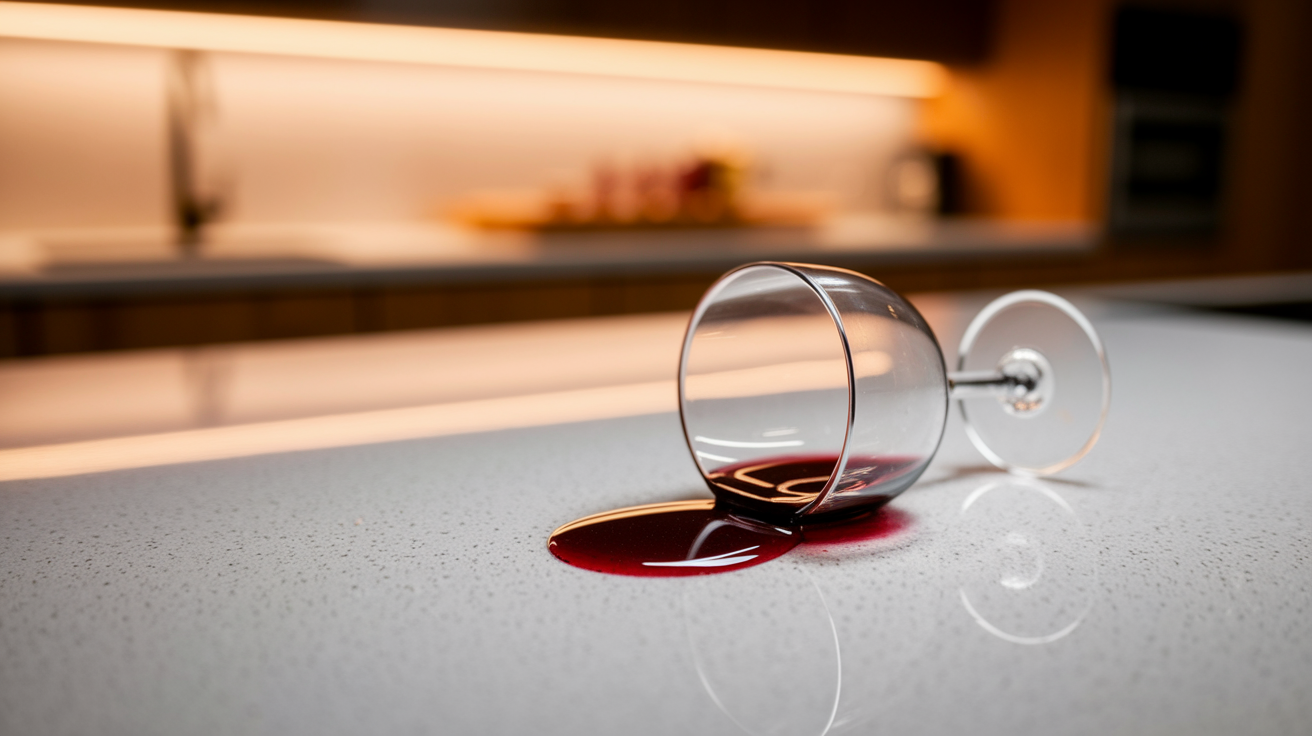
- Acidic substances like lemon juice, vinegar, and wine can eat away at the sealant over time and potentially harm the stone beneath.
- Cutting directly on your granite, while it won’t immediately damage the surface, it will dull your knives faster and can eventually scratch the sealant.
- When raw meat is placed without a cutting board, bacteria can seep into microscopic pores, especially if the sealant is compromised.
- Sitting or standing on your countertops, granite is strong but can crack under concentrated weight, especially near edges or unsupported areas.
- Dragging heavy appliances across the surface can create scratches or chips in both the sealant and stone.
- Oil-based products can penetrate the stone and create dark spots that are difficult to remove.
- Excessive water pooling while sealed granite resists moisture, allowing water to sit for extended periods, can weaken the seal over time.
Conclusion
Granite countertops are known for their durability, but it’s important to know the limits when it comes to heat. While granite is heat-resistant, it’s still vulnerable to extreme temperature changes and direct contact with hot cookware.
To keep your countertops looking their best, always use trivets, hot pads, or other protective surfaces when placing hot pots or pans on them.
By taking these simple precautions, you can protect your investment and keep your kitchen both functional and beautiful.
Frequently Asked Questions
At What Temperature Does Granite Crack?
Granite begins to crack due to thermal stress at around 200°C (392°F), with large cracks forming by 300°C (572°F) and extensive cracking by 500°C (932°F).
What Should I Do if My Granite Countertop Cracks Due to Heat?
Thermal shock cracks require professional repair; minor discolorations may be treated with polishing or stain removal techniques.
At What Temperature Does Granite Melt?
Granite melts at approximately 1215–1260°C (2219–2300°F).

